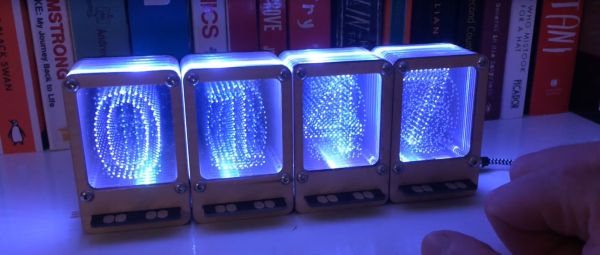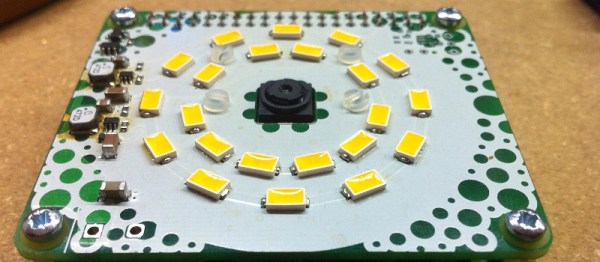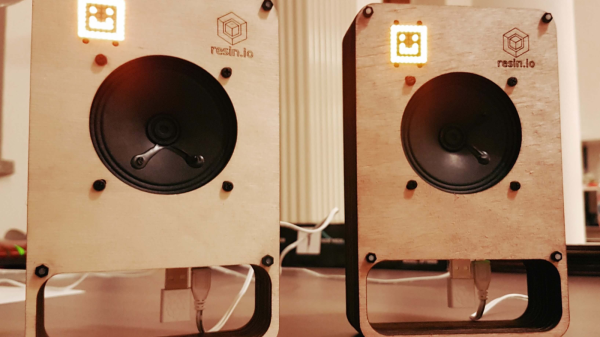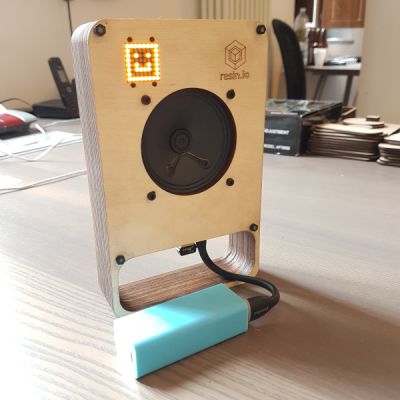There’s no doubting the popularity of Nixie tubes these days. They lend a retro flair to modern builds and pop up in everything from clocks to weather stations. But they’re not without their problems — the high voltage, the limited tube life, and the fact that you can have them in any color you want as long as it’s orange. Seems like it might be time for a modern spin on the Nixie that uses LEDs and light pipes. Meet Nixie Pipes.
Inspired by an incandescent light-pipe alphanumeric display from a 1970s telephone exchange, [John Whittington]’s design captures the depth and look of a Nixie by using laminated acrylic sheets. Each layer is laser etched with dots in the shape of a character or icon, and when lit from below by a WS2812B LED, the dots pick up the light and display the character in any color. [John]’s modular design allows one master and an arbitrary number of slaves, so large displays can simply be plugged together. [John] is selling a limited run of the Nixie Pipes online, but he’s also open-sourced the project so you can build your own modules.
We really like the modularity and flexibility of Nixie Pipes, and the look is pretty nice too. Chances are good that it won’t appeal to the hardcore Nixie aficionado, though, in which case building your own Nixies might be a good project to tackle.
Continue reading “Light Pipes And LEDs Team Up For A Modern Take On The Nixie Tube”






 The hardware is simple. There’s the Raspberry-Pi — he’s got instructions on making it work with the Pi2, Pi2+, Pi3 or the Pi0. Since the Pi’s have limited audio capabilities, he’s using a DAC, the
The hardware is simple. There’s the Raspberry-Pi — he’s got instructions on making it work with the Pi2, Pi2+, Pi3 or the Pi0. Since the Pi’s have limited audio capabilities, he’s using a DAC, the 










